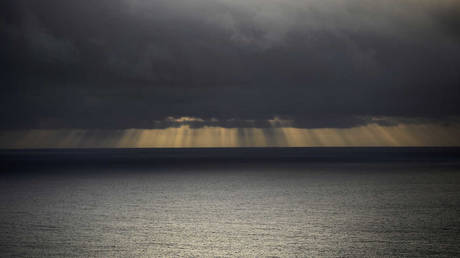
Scientists have discovered record amounts of mercury accumulated in deep Pacific trenches, with marine sediments there showing several times worse contamination than in other parts of the world’s oceans.
The unprecedented levels of mercury pollution found in the most desolate place in the Pacific Ocean have been brought to light this week via a new scientific study in Nature Publishing’s Scientific Reports Journal.
The study sums up the findings of a multinational team that brought together scientists from Canada, Denmark, Germany, and Japan. The research is based on the first-ever direct measurements of mercury residue conducted at depths of up to six miles (10 kilometers) below the surface of the Pacific.
Before the research, the measurements had been taken only in the so-called abyssal areas one to four miles (two to six kilometers) deep, and now scientists have delved into the deepest zone, known as the hadal. Samples have been collected from the Kermadec Trench off the coast of New Zealand, as well as the Atacama Trench, spanning the coast of Peru and Chile.
The latter had significantly higher mercury amounts than the former, with the concentrations reaching up to 400 nanograms, while concentrations in other parts of the world’s oceans measured less than 80 nanograms on average.
Such findings indicate that the world ocean’s health might be worse than believed before, the lead author of the study, Aarhus University Professor Hamed Sanei said.
“The bad news is that these high mercury levels may be representative of the collective increase in anthropogenic [originating in human activity]emissions of Hg [mercury]into our oceans,” he stated. “It remains quite alarming how much mercury has ended up in the ocean trenches. This may be an indicator of the overall health of our oceans.”
The good news for humans is that mercury accumulated in the trenches is unlikely to ever get out of them, being more of a concern for deep-water creatures lurking there, rather than for us.
“Ocean trenches act as a permanent dump, and so we can expect the mercury that does end up there will be buried for many millions of years. Plate tectonics will carry these sediments deep into the Earth’s upper mantle,” Sanei said.
Think your friends would be interested? Share this story!




